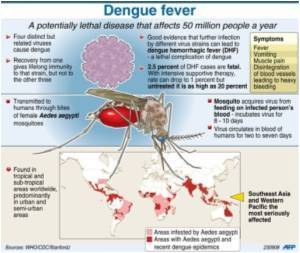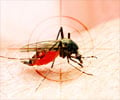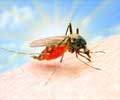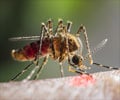In dengue-endemic areas such as South-East Asia, in contrast to conventional thinking, rural areas rather than cities may bear the highest burden of dengue fever—a viral infection

They found that at low human population densities, mostly in rural areas, dengue risk is up to three times higher than in cities, presumably because the number of mosquitoes per individual is higher in low density areas.
The authors show that severe outbreaks of dengue occur almost exclusively in areas falling within a narrow range of human population densities with limited access to tap water, where water storage vessels provide breeding sites for the mosquitoes causing dengue fever. However, as the actual number of people who contract dengue fever in populated areas is high, urban areas still substantially contribute to dengue epidemics.
The authors argue that improving water supply and vector control in areas with a human population density critical for dengue transmission could increase the efficiency of control efforts.
The authors say: "Ideally, all people should have access to reliable tap water, not only to reduce the burden of dengue but also a range of other diseases associated with inadequate water supply such as diarrhea or trachoma, and to realize important economic benefits."
However as supplying everyone with tap water is not a realistic short-term option in many low-income settings, reducing mosquito breeding around human settlements is an uphill struggle.
Advertisement
Advertisement














